Dental resin filling is a widely used modern dental repair technique, mainly used to repair dental defects caused by dental caries or other reasons. This article will introduce the principles, procedures and postoperative precautions of dental resin filling in detail to help readers better understand this technology.
The principle of dental resin filling
The principle of dental resin filling mainly involves the characteristics of resin materials and their clinical applications. Resin material is a composite material composed of polymers, fillers and various additives, which has good physical and chemical properties. Resin materials can be divided into direct light curing resin and indirect light curing resin two categories.
Direct light curing resin
In the process of repair, the photosensitizer in the resin material is stimulated by light irradiation, and the polymerization reaction is triggered to cure the resin quickly. The curing time of this material is short, the operation is simple, and it is suitable for small defect repair.
Indirect light curing resin
Before repair, the resin material needs to be prepared into a matrix, and then the photosensitizer in the resin matrix is stimulated by light irradiation to complete the curing. This material is suitable for the repair of larger defects because it can be prepared and shaped more finely before repair.
Resin material has the characteristics of good transparency, strong adhesion and good chemical stability, and can achieve good adhesion with dental tissue. These properties make resin an ideal choice for dental fillings.
Second, the steps of dental resin filling
The process of dental resin filling is usually divided into four steps: oral examination, cavity preparation, resin filling and correction polishing.
Oral examination
Before resin filling, an oral examination is performed to determine the location, size, and depth of the caries. This step helps the dentist develop a suitable repair plan and evaluate the amount of filling material and color selection.
Preliminary cavity
After the oral examination, the teeth need to be treated to remove the decay and prepare the cavity. The preparation of the cavity should take into account the retention and sealing of the filling material to ensure that the normal shape and function of the tooth can be restored after filling.
When preparing the cavity, the dentist will usually use a slow cell phone or hand instrument to avoid excessive stimulation of the pulp. For deep caries, radiographs may be required to understand the relationship between the cavity floor and the pulp cavity to ensure that the pulp is not accidentally exposed during cavity preparation.
Resin filling
Resin filling is the core step of resin filling. The dentist will use an adhesive to bind the resin material to the tooth surface, ensuring a tight bond between the filling material and the tooth tissue. Choose a resin material that is close to the color of the tooth itself and fill it layer by layer.
During the filling process, the dentist uses a light curing lamp to illuminate each layer of resin material, which causes it to cure quickly. By filling and curing layer by layer, the uniformity and density of the filling material can be ensured, and the repair effect can be improved.
Correction polishing
After the resin filling is complete, corrective polishing is required. Use a polisher to correct the shape of the filling so that it is consistent with the tooth surface. The filling is then polished using a polishing paste and a rubber cup to make its surface smoother and reduce plaque deposition.
The polished filling is not only beautiful, but also can prolong the service life and reduce the occurrence of secondary caries.
Third, precautions after dental resin filling
Although dental resin filling is an effective repair method, some matters need to be paid attention to after surgery to ensure the repair effect and reduce the occurrence of complications.
Adjust diet
Filling materials take a certain amount of time to solidify, so you should fast within 2 hours after filling. During the filling week, you can appropriately eat some light, soft liquid food and semi-liquid food, but avoid eating hard and sticky food, so as not to cause the filling material to fall off.
Some patients may have cold and heat sensitivity after filling the teeth. Therefore, in the short term to avoid eating too cold, hot food, so as not to cause or aggravate the gum discomfort.
Avoid premature bite
Within 24 hours after filling, avoid chewing food on the affected side, so as not to cause fractures in dental tissues and fillings. If the teeth are found to be obstructed during eating, the doctor should be contacted in time for adjustment.
Maintain oral hygiene
Rinse your mouth in time after meals, and master the correct way to brush your teeth. Brush your teeth at least twice a day, and use tools such as floss and interdental brushes to clean adjacent teeth to reduce plaque deposition and prevent secondary caries.
Observe adverse reactions
After filling, if there is slight pain or discomfort, you can observe yourself first. In general, this discomfort will disappear on its own within 1 to 2 weeks. If the pain gradually worsens, there are symptoms such as bite pain, jumping pain, cold and heat stimulation pain, and spontaneous pain at night, you should go to the stomatology department in time.
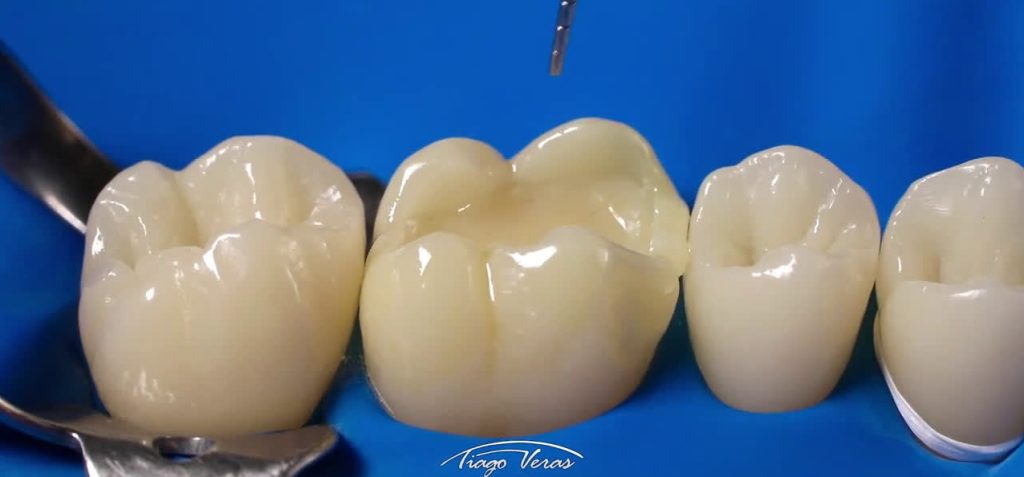
Regular oral examination
Patients should regularly go to the stomatology department according to the doctor’s advice to check the occlusion, pigment attachment, oral cleaning, etc. At the same time, dental cleaning can also be performed to maintain periodontal health and prevent periodontal inflammation.
Regular examinations allow doctors to detect problems with fillings as early as possible, and replace materials in time before serious cases such as secondary caries and fillings fall off, thus achieving the purpose of preventing oral diseases.
Fourth, dental resin filling clinical common problems and solutions
In the process of dental resin filling, some common clinical problems may be encountered, such as exposed pulp, cold and hot stimulation pain, spontaneous pain, occluding pain, fracture or loss of the filling body, tooth fracture, secondary caries and staining of the filling body. In view of these problems, we need to adopt corresponding solutions.
The technique means exposed marrow
When the exposed pulp is found during the operation, direct pulp cap or root canal therapy should be selected according to the pulp life status of the affected tooth and the size of the pulp perforation hole. If the perforation hole is only the size of the needle tip and the bleeding is less, the method of directly capping the pulp can be used. If the exposed medullary hole is large and exudates more, and the color is dark and red and cannot be stopped easily, inflammation is considered and root canal therapy is required.
Heat and cold stimulate pain
After resin filling, some patients will have hot and cold irritation pain, which is a normal postoperative reaction, generally will improve within 1 to 2 weeks. If the pain continues to worsen, the filling body should be removed in time for soothing treatment, and then filling treatment should be performed after improvement.
Spontaneous pain
Spontaneous pain may be odontogenic or periodontal. Odontogenic spontaneous pain often occurs when deep caries have penetrated the pulp but are not detected or chronic atretic pulpitis is misdiagnosed as deep caries. Periodontal spontaneous pain may be caused by mechanical stimulation, chemical stimulation caused by gingival inflammation or overhang of the filling body. For spontaneous pain, endodontic treatment of the affected tooth or adjustment of the shape of the filling body is required.
Occlusal pain
Occlusal pain may be caused by high points on the occlusal surface of the filling body, microleakage at the edge of the filling body or sensitivity to dentin. For occlusal pain, it is necessary to detect the high point with occlusal paper and adjust the grinding, re-filling or dentin desensitization.
The backfill is broken or shed
The fracture or fall off of the backfill may be caused by unclean removal of detritus, poor moisture separation during bonding or defects in cavity design. If the filling body breaks or falls off, it needs to be re-filled, and ensure that the detrusion is clean, the bonding is good, and the cavity design is reasonable.
Tooth fracture
The fracture of teeth may be caused by defects in the preparation of cavities, undetected cracks in the affected teeth, or the lack of crown restoration in the non-pulp teeth with large defects. For fracture of teeth, it is necessary to choose the appropriate repair method according to the fracture situation, such as direct filling, inlay repair, high inlay repair, full crown or post crown repair.
Secondary caries
Secondary caries may be caused by the lack of removal of detritus, the lack of packing edges or the shrinkage of resin material itself. For secondary caries, it is necessary to remove the old filling body, remove the clean decay, trim the cavity shape, and replace it.
Backfill staining
The staining of the backfill may be caused by the edge of the hole or the color change of the resin material itself. For backfill coloring, it is necessary to re-fill, and ensure that the edges are tight and the appropriate resin material is selected.
- Advantages and disadvantages of dental resin filling
Dental resin filling has some obvious advantages, but it also has some limitations.
advantage
Good appearance: the resin material can match the color of the teeth, and there is no obvious difference with the natural teeth after filling.
Easy operation: The curing time of the resin material is short, the operation is simple and fast, and the patient’s visit time can be reduced.
Small stimulation to the pulp: The resin material has good biocompatibility, and the stimulation to the pulp is small.
Good repair effect: the resin material can restore the normal shape and function of the tooth and improve the efficiency of the patient’s chewing.
shortcoming
Easy to wear: The wear resistance of resin materials is relatively poor, and it is easy to affect the shape and function due to wear.
Easy coloring: Resin materials are easy to be stained, so patients need to pay attention to maintaining oral hygiene, avoid drinking strong tea, smoking, etc.
Higher price: Compared with traditional silver amalgam filling materials, the price of resin materials is higher.
Vi. Summary
Dental resin filling is an effective restoration method that can restore the normal shape and function of the tooth and improve the quality of life of the patient. However, it is still necessary to pay attention to adjusting diet, maintaining oral hygiene, observing adverse reactions and regular oral examination after surgery to ensure the repair effect and reduce the occurrence of complications.
In the process of dental resin filling, some common clinical problems may be encountered, such as exposed pulp, cold and hot stimulation pain, spontaneous pain, occluding pain, fracture or loss of the filling body, tooth fracture, secondary caries and staining of the filling body. In view of these problems, we need to take corresponding solutions to ensure the repair effect.
Dental resin filling is a repair technique worth promoting, but it needs to be strictly followed in clinical operation and pay attention to postoperative care to achieve the best repair results.

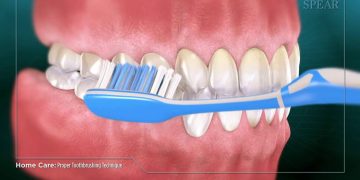
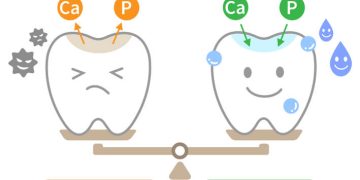
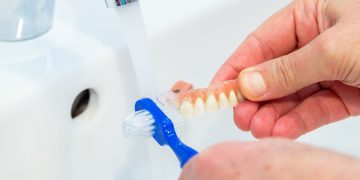




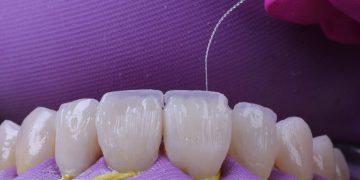
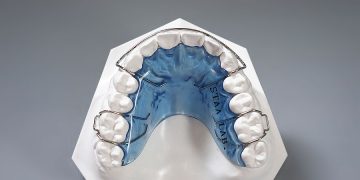

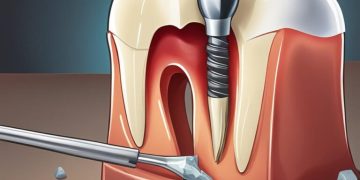



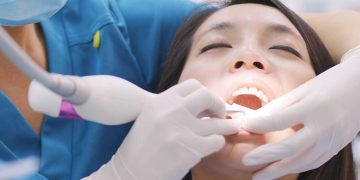

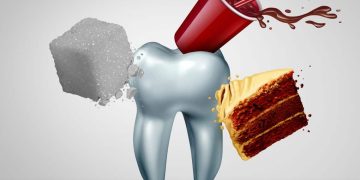













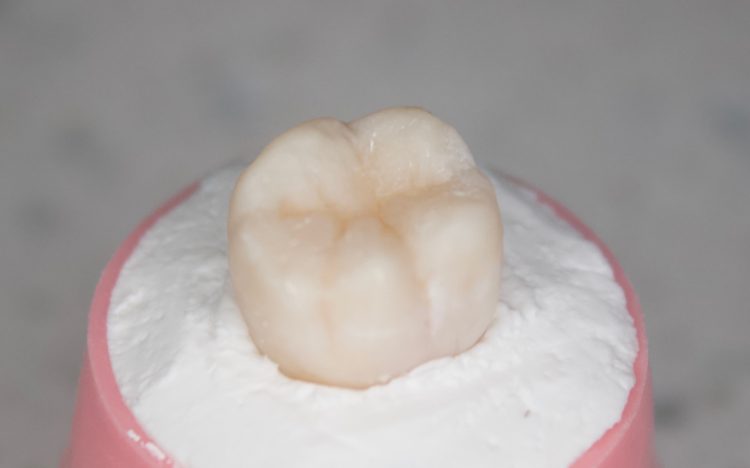













Discussion about this post